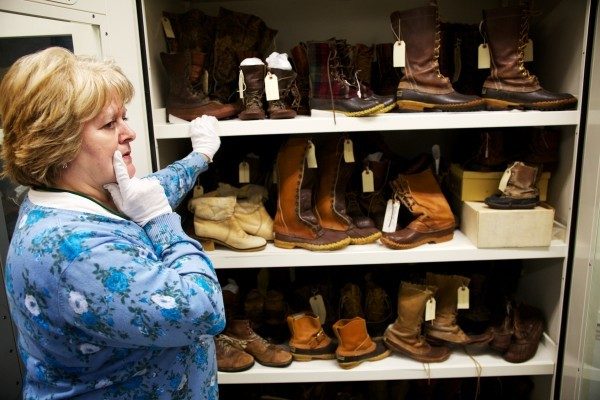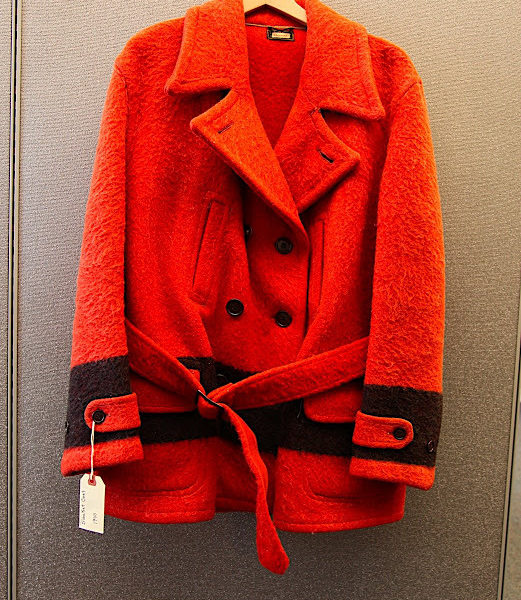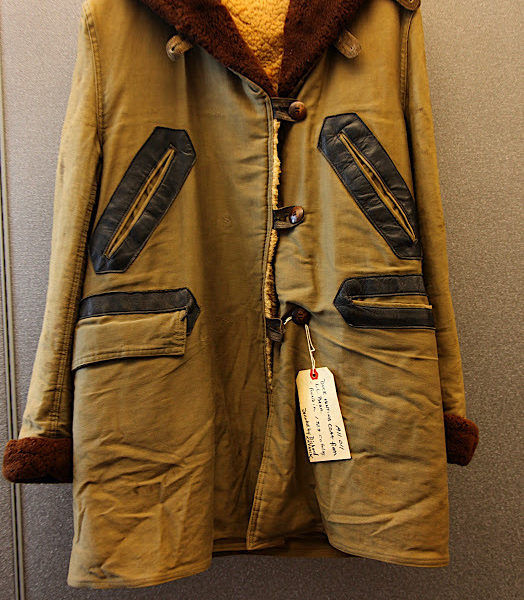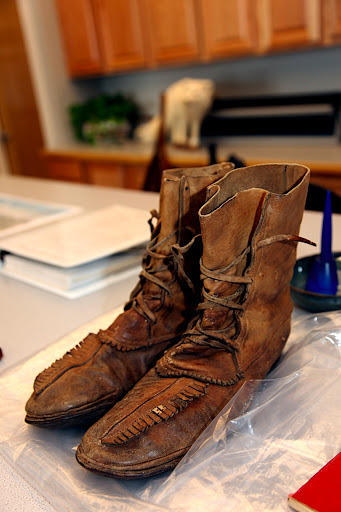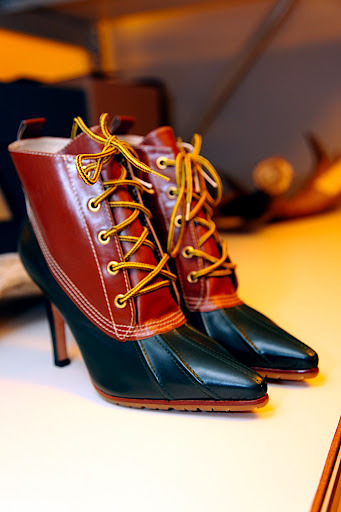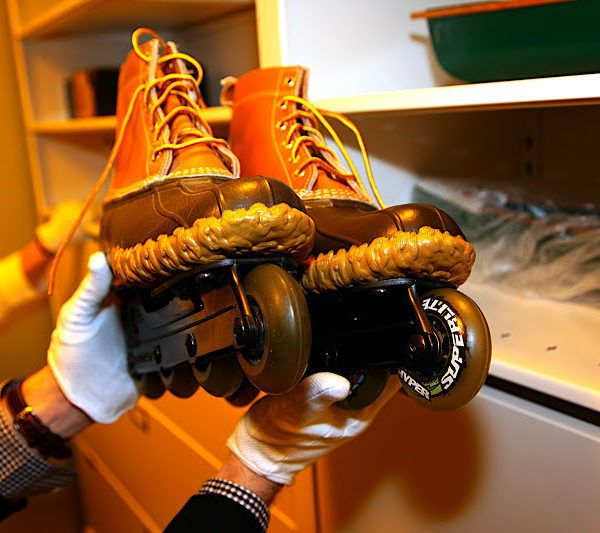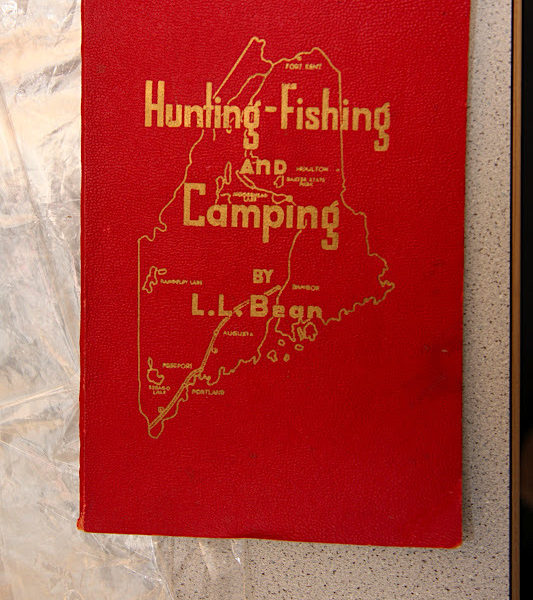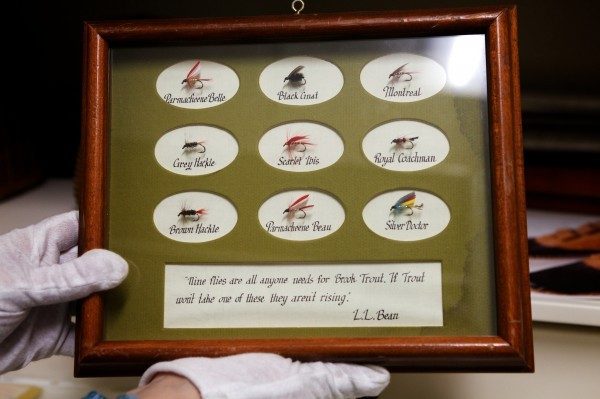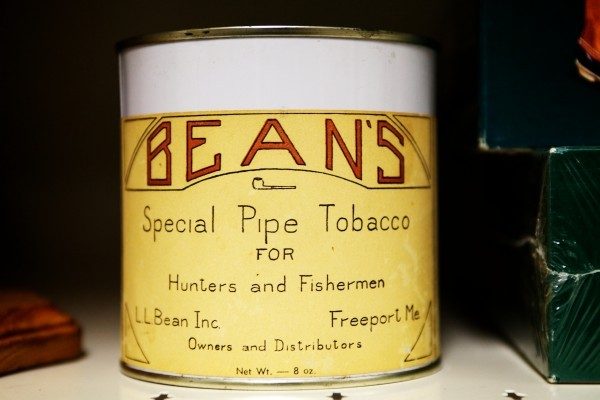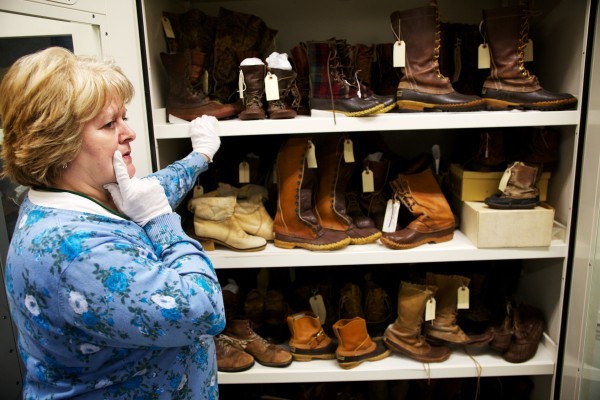
It takes a lot more than just history to be a heritage brand. Abercrombie & Fitch, for example, is an old company, having started in the late-1800s as a high-end retailer for outdoor gear and utilitarian clothing. In their heyday, the company dressed adventures and explorers, but after some financial struggles in the 1970s, they were bought out by The Limited and turned into the teeny-bopper label we know today. That loss of identity makes Abercrombie & Fitch a company with a lot of history, but not a lot of heritage.
Heritage brands are different. They not only have a lot of history, but are also committed to their identity. In fact, that’s partly why they’ve become so popular in the last fifteen years. As life moves ever-more quickly in the electronic age and trends die as fast as they’re born, people have come to appreciate brands that remain steadfast in their identity and values over time. Doing so requires more than willpower, however. Many heritage brands maintain meticulous archives, which they rely on for their current designs and production. Those archives are what allow them to maintain that continuity.
One of the more famous archives is LL Bean’s, which holds thousands of items from the company’s 100+ year old history. We talked with Ruth Porter, the company’s archivist, about how they maintain their collection.

How did LL Bean’s archive start?
Ethel Williams, L.L.’s secretary, started it by slowly collecting various items of interest. For instance, she kept a few things from L.L.’s desk when he passed away in 1967, and because of her relationship with L.L. and his second wife Claire, she was given his tackle bag and all of its contents. Ethel kept everything together in a box with a strict warning that nothing was to be disposed of – and we still have the contents of that box today. It started there, and over time, many others saw the importance of keeping maintaining elements of our rich history, like the first “ice bag,” which would later become known as the L.L. Bean Boat and Tote Bag, one of our most iconic and well-recognized products. L.L.’s desk chair and the White Sewing Machine that the first 100 pair of Maine Hunting Shoes were sewn on are also some prominent items. Over time, and as we gained popularity as a company, customers began sending us interesting L.L.Bean products from the past. That’s how the archive collection really began to take shape.
What are some of the memorable things you’ve received from customers?
A family once gave us an old pair of Maine Hunting Shoes they found under a house they were restoring in Canada. The boots were in questionable repair, but we were excited to date them back to the 1920s. One of my favorite donations in the last decade would be a complete woman’s hunting outfit including pants, jacket and a hat that a granddaughter sent back to us after her grandmother passed away. It is in pristine condition from 1930.
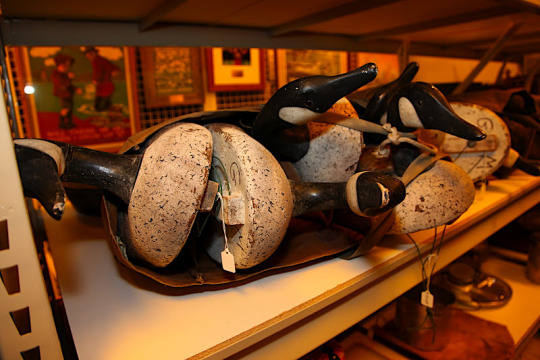
About how many pieces are in the archive and how big is the space? How do you maintain and organize the items?
We have over seven thousand objects in the archive, which we manage using a database. Objects are stored by specific categories, of which we currently have fifty. Examples of these categories include things such as hunting apparel, fishing tackle, decoys, vintage catalogs, original catalog cover art, and many more. We of course have an amazing collection of Bean Boots, our most iconic product, with some dating back to the early 1900s. We have approximately three thousand square feet of space devoted to the archival facility. It should also be noted that the facility is completely climate-controlled.
Where is the archive kept?
A facility was built in 2006 to house the collection under one roof. The building is located directly behind the Leon L. Bean Home in Freeport, Maine and was designed to look like a barn type structure as a continuation of the house.
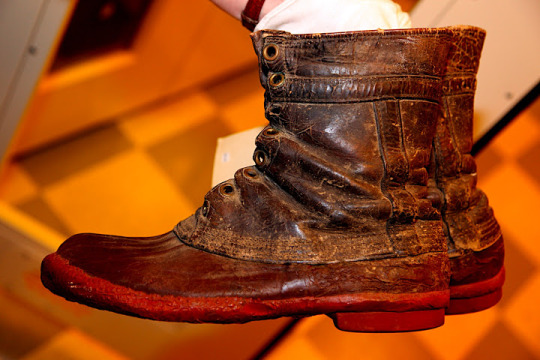
How does LL Bean use the archive for its current design projects?
Our in-house designers and developers often visit the archives for design inspiration, especially when looking to develop products with a deliberate nod to our heritage. They will often get an idea for a new product they want to develop and review old catalogs, read the copy, examine the photographs, as well as peruse actual garments that are held in the archives. In other cases, such as with hunting apparel, they will examine old pieces from the archives to identify the features and benefits that made some of those pieces for popular and functional – why change a good thing?
What are some specific examples of how the archive has influenced L.L.Bean’s modern designs?
Several pieces in our Signature line are influenced by our archive, but come in a more modern fit. Our “Signature 1933 Chamois Cloth Shirt,” for example, is made with the same rugged attitude and attention to detail as the original, but has been made slimmer. Another is our “Original Field Coat,” which is very close the original design from the early 1920s.
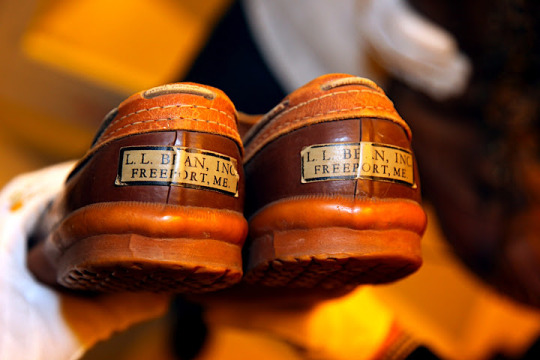
How do you think maintaining the archive has influenced the development of the company as a whole? Not just in terms of how it designs products now, but in any other ways.
The archive is a demonstrative, tangible example of our commitment to preserving, maintaining, celebrating and perpetuating our history, heritage and our brand. Also, it exists as an example of the high level of quality of our products. The items in the archive are of exceptionally high quality and have stood up to the rigors of time, much like the products we develop to this day. Throughout our history, all of our products needed to be of supreme quality in order to stand uop to our iron-clad 100% satisfaction guarantee.
Thanks Ruth for speaking to us! For more on LL Bean’s archive, readers can check out All Plaidout, Backwoods Plaid, A Restless Transplant, and Foster Huntington. DownEast also has some very cool footage of the space (one of which you can see below).
(photos via All Plaidout, Foster Huntington, Katon, and Bangor Daily News)
